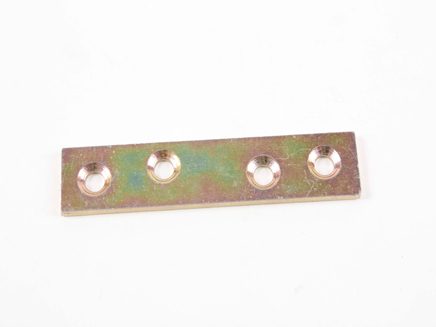Braces and Brackets Explained
Brackets and braces are extremely versatile fixings that are used in a variety of applications. Their main function is to either create or strengthen a joint between two materials, such as timber or metal.
Brackets and braces come in a variety of different styles, including angle brackets, corner braces, tee plates, and more.
Read below to find out the answers to some of the most frequently asked questions about braces and brackets.
What is a bracket?
Brackets are small, flat pieces of metal, usually steel or iron, that can be found in a variety of shapes (rectangular, L-shaped, T-shaped etc.). They feature holes that allow screws to enter through and fix into the substrate material.
Are brackets fasteners?
No, brackets are not fasteners. They are components that are generally used in combination with fasteners such as screws to strengthen a joint between two materials, rather than to create a joint.
What are corner braces used for?
Corner braces, as the name suggests, are used to reinforce the joint between two perpendicular pieces of material. They feature a 90-degree angle and holes for screws to fix into.
Because they’re so versatile, corner braces can be used in a variety of different applications, from large-scale construction projects to furniture building – for example, they can be used to strengthen corner joints in household items like chairs or tables.
What is a mending plate?
Mending plates are simple little fixings used to strengthen joints between materials. The most common type of mending plate is a straight mending plate, which is simply a small flat rectangle of metal, usually steel, with holes for screws to fix into. They can be used in a variety of applications from household to commercial and industrial.

To shop our range of braces and brackets, click here.
If you have any questions that weren’t answered in this article, please feel free to contact our team.

